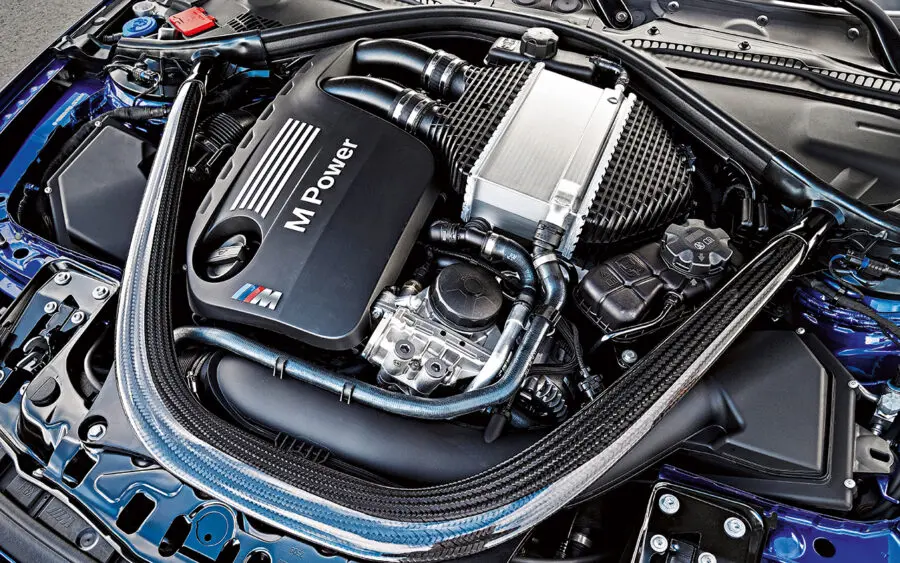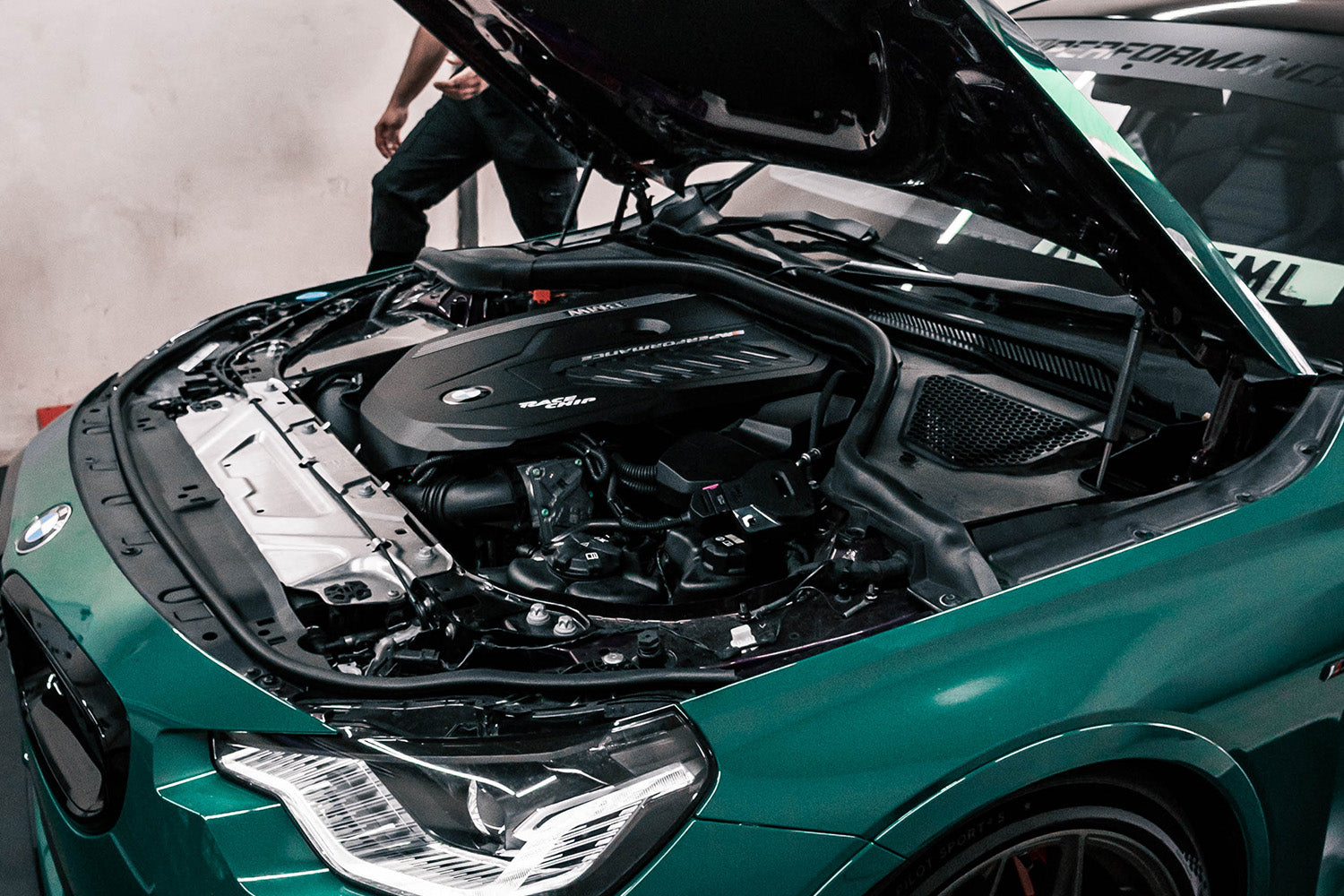Just how to Keep Your BMW Engine for Optimum Efficiency and Longevity
Wiki Article
Checking Out the Development of Combustion Engines in Modern Transportation Solutions
As we browse the landscape of contemporary transport, the development of combustion engines stands as a testament to human ingenuity and engineering expertise. The interplay of background, modern technology, and environmental issues in forming the trajectory of burning engines creates a story that is both informative and engaging.Very Early Beginnings of Combustion Engines
Just how did the idea of combustion engines initial arise in the onset of transport growth? The origins of burning engines can be traced back to the 17th century when the principles of inner combustion were first explored. In 1673, Christian Huygens conceptualized a fundamental interior combustion engine that made use of gunpowder to create power. Nevertheless, it wasn't until the late 19th century that sensible applications of burning engines in transportation started to arise.The breakthrough moment included the development of the first effective gasoline-powered engine by Karl Benz in 1885 - bmw engine. This engine led the way for the development of the modern-day auto, revolutionizing transportation systems worldwide. Succeeding developments by Nikolaus Otto and Gottlieb Daimler even more fine-tuned burning engine innovation, leading to the mass production of cars and the fast expansion of the transportation sector
These early combustion engines were characterized by their simplicity and performance, laying the foundation for the facility and powerful engines made use of in contemporary transport systems. The evolution of burning engines has actually been critical in forming the way we travel and deliver goods, marking a significant milestone in the background of transportation development.
Shift to Internal Combustion Technology
The shift to inner combustion innovation noted a pivotal shift in the advancement of transport systems. This shift started in the late 19th century, with developers like Nikolaus Otto and Gottlieb Daimler developing the first successful inner combustion engines. These engines reinvented transportation by offering an extra effective and powerful choice to vapor engines and electrical motors.Among the vital benefits of internal combustion engines was their capacity to be reduced to suit cars, leading to the growth of motorbikes and cars. This change from large, fixed engines to compact, mobile ones led the way for the modern transportation systems we see today.
The change to internal burning technology likewise stimulated improvements in gas modern technology, leading to the development of fuel and diesel as key gas sources for lorries. This change not only made transportation a lot more obtainable to the masses but likewise laid the structure for the oil and gas sector to become essential to global economic climates.
Impact of Combustion Engines on Transportation
The adoption of burning engines in transportation systems militarized an extensive shift in the performance and speed of worldwide wheelchair. Combustion engines reinvented transport by providing a trustworthy and functional source of power for numerous cars, including autos, ships, airplanes, and trucks. This advancement significantly enhanced the capacity for items and people to move over fars away in shorter amount of time, leading to increased connection in between regions and countries.In addition, the extensive use combustion engines has actually had a substantial influence on economic advancement. The ability to carry goods successfully has spurred trade and commerce, allowing services to increase their markets and get to customers worldwide. This has actually facilitated financial development and globalization, as items can currently be moved quicker and in bigger quantities than ever.
Nonetheless, the ecological impact of combustion engines can not be forgotten. The combustion of nonrenewable fuel sources has actually led to air pollution and greenhouse gas emissions, adding to climate modification and presenting health threats to populaces. bmw engine. Consequently, there is a growing emphasis on creating alternate propulsion modern technologies to minimize these unfavorable results and create a much more sustainable future for transportation
Innovations in Combustion Engine Design
Countless advancements in combustion engine layout have actually moved the evolution of transportation systems over the years. One notable advancement is the development of turbocharged engines, which utilize exhaust gases to drive a turbine that compresses incoming air, permitting more fuel to be burnt, causing boosted power output without a substantial increase in engine dimension. In addition, straight injection technology has actually boosted fuel efficiency and efficiency by precisely managing the quantity and timing of gas injected into the combustion chamber. Variable valve timing systems have additionally changed engine design by enhancing air movement at various engine rates, boosting both power and efficiency. One more substantial advancement is the combination of lightweight products such as carbon fiber and aluminum alloys, reducing overall engine weight and boosting lorry gas economic climate. Improvements in computer-aided design have enabled designers to enhance engine performance and performance via simulations prior to physical prototypes are constructed, conserving time and sources in the advancement procedure. These innovations check out this site jointly add to why not check here the continual renovation of combustion engines in modern transportation systems.Future Trends in Burning Engine Growth
With modern technology advancements driving continual technology, the future of combustion engine advancement is positioned to change transportation systems worldwide. One of the vital patterns in burning engine growth is the push in the direction of higher effectiveness and decreased exhausts.Another prominent pattern is the adoption of crossbreed modern technologies in burning engines. Hybrid engines combine standard combustion technology with electrical power, providing enhanced gas efficiency and lower emissions. As the automotive market changes in the direction of electrification, crossbreed burning engines are viewed as a transitional remedy that connects the space between standard automobiles and completely electric ones.
In addition, the combination of clever innovations, such as synthetic knowledge and data analytics, is anticipated to play a significant role in the future of combustion engine development. These modern technologies can enhance engine efficiency in real-time, bring about more effective combustion procedures and enhanced overall lorry performance. Embracing these future fads will certainly not only drive innovation in combustion engine development however also contribute to a more sustainable and eco-friendly transport ecological community.

Final Thought
In final thought, the development of burning engines in contemporary transportation systems has actually been marked by considerable innovations in innovation and layout. From the early beginnings of combustion engines to the shift to inner burning technology, these engines have actually had an extensive influence on transportation. Advancements in combustion engine style remain to drive progress in see this here this area, with future trends concentrating on more enhancing efficiency and decreasing emissions. The future of combustion engines in transportation looks promising as r & d efforts continue to press borders.The roots of burning engines can be traced back to the 17th century when the principles of interior combustion were initial explored. These engines revolutionized transport by supplying a more efficient and effective choice to heavy steam engines and electrical motors.

Report this wiki page